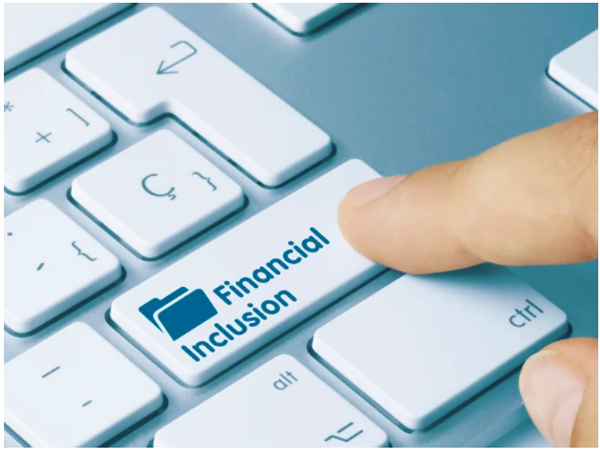Applying for credit is something that most would categorize under “adulting.” Since paying for credit is a huge responsibility, a person applying for a loan from a bank must be someone who can repay it and bring the proper documents they can only acquire from employers and government offices.
These days, with the rise of small lending companies and accessible online loan applications, anyone can apply for a loan to borrow small amounts of money. Lending apps that use alternative data are more favorable to the new generation because it deviates from the use of traditional data, which they typically do not possess.
As the number of borrowers from the new generation increases, the method for credit scoring or credit worth assessment must also adapt with it.

Credit and spending habits of millennials and gen z-ers
Loans are a guaranteed way to buy what you need and want, given that you are to pay them when it’s due. Different people have varying reasons for borrowing money from banks or loan applications, and a vast observable difference can be seen in the spending habits of different generations.
Here, we compare the relationship between Gen Z-ers and millennials with credit. According to Transunion, more Gen Z-ers have credit cards than millennials and are more careful about their spending habits. On the other hand, student loans were a high percentage for millennials compared to Gen Z. Most millennials are in debt of their student loans, while Gen Z-ers are more financial-conscious.
Despite the threat of debt from credit or loans, the number of borrowers from newer generations are increasing, through using credit cards, online banks with loans or credit option, and BPNL (buy now, pay later) offers.

What changes were made to accommodate the new generation?
The development of online banks has changed the financial landscape, especially for the new generation. Not having to travel to a bank to secure their savings is a big time-saver, knowing they have something else to do other than line up at a bank. The accessibility of online banking is a step toward financial inclusivity, and this is because there are also loan applications embedded in these systems.
These features were only once available to those who have bank accounts in physical banks. Now, anyone can apply for personal and business loans through online banking and loan apps through new KYC processes that use alternative data instead of traditional physical copies. Alternative data gives everyone, not only the new generations, an opportunity to access better financial services.
Smile is all for equality and inclusivity

Incorporating Smile API into your onboarding or loan processes in-app can improve efficiency in your operations. You can access identity, employment, and income data in real-time by being directly connected to government databases, gig platforms–like Grab, and HR systems, so you don’t need to process tons of paperwork.
This promises more inclusive financial opportunities for all borrowers and will make credit risk assessment faster.
Want to start? Book a call with us today!



